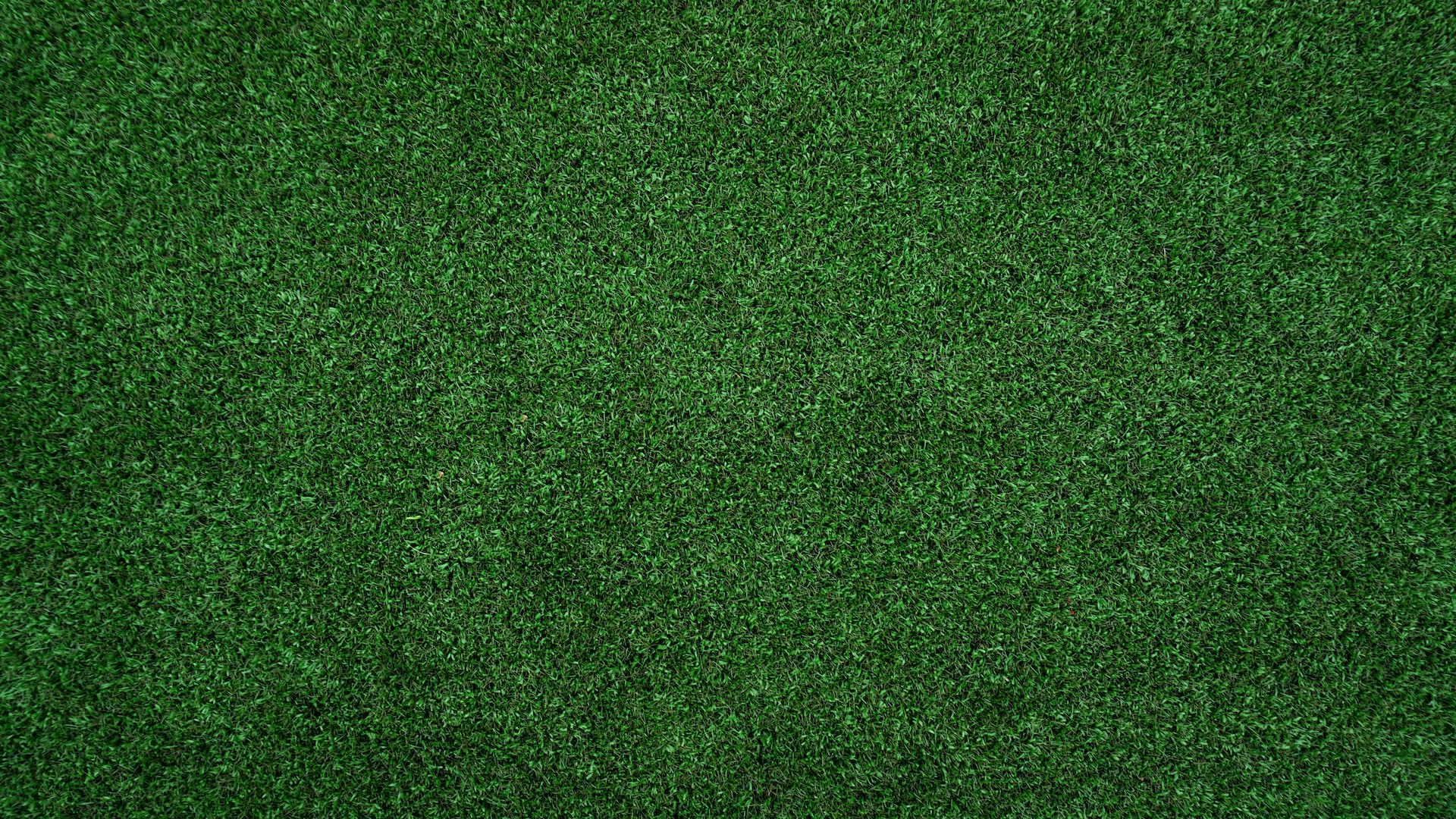Choosing the Right Professional Turf Products
The selection of turfgrasses should be based on how well they adapt to the surrounding environment and on the level of upkeep required. Using a turfgrass species that is not adapted can result in poor performance, soil erosion, and weed encroachment.
When selecting a granular fertilizer, look for products with uniform particle sizes to ensure even distribution when applied with rotary spreaders. Also, consider a product with nitrification inhibitors to reduce nitrogen leaching.
Contents
Type of Grass
Most cool-season grasses require a steady nitrogen supply to promote fast growth and bright green color. They also need moderate potassium and near-zero phosphorus levels, but only as directed by a soil test. A fertilizer with the right balance will promote a healthy lawn of various types and colors, withstand drought, and resist damage from foot traffic.
Fertilizers can be organic or synthetic, but natural organic is best for a lush, sustainable lawn. These contain ingredients derived from composted manures, biosolids, or, the best overall choice, meal-based nutrients like blood, bone, meat, and feather meals. These slow-release nutrient sources improve soil health and are safe for people, pets, and two- and four-legged creatures.
For a time-saving option, look for weed and feed products that combine the fertilizer with a herbicide to tackle unwanted weeds simultaneously.
Climate
The best professional turf products are made for the climate where they will be installed. Look for a product designed to resist heat, cold, sun, and wind exposure for years. The primary backing is woven polypropylene fabrics that facilitate seaming and allow the grass fibers to be tufted in rows. Choosing a product with a secondary backing that will help the grass fibers resist stretching and bending under heavy foot traffic is also essential.
The secondary backing should be a polyethylene option to keep the artificial grass’s surface soft and natural. It is also essential to select a turf product that is soft and supple.
Nitrogen fertilizers must be applied at low rates to reduce excessive growth, turf burn, and nitrogen leaching into soils or groundwater. Choosing a slow-release organic or inorganic nitrogen source with a salt index lower than sodium nitrate helps reduce environmental impacts.
Maintenance Requirements
Nitrogen is the element needed in the most significant amounts by turfgrasses. It is available only in nitrate (NO3-) or ammonium (NH4+). Most soil nitrogen is converted to nitrate by specialized soil microorganisms, so it is essential to maintain adequate populations.
When the population is low, the conversion process slows, and the nitrogen leaches out of the soil, contaminating the surface or groundwater.
Soil tests should be taken regularly to monitor soil conditions. The results should be interpreted by a lab familiar with the nutrient requirements of the local turfgrasses.
When applying granular fertilizers, they should be labeled with their size guide number (SGN). The SGN is the median diameter of the granules retained on a sieve opening in millimeters multiplied by 100. The SGN for most granular professional turf products ranges from 75 to 250.
Fertilizer
Nitrogen fertilizers help grass stay green, phosphorus promotes root growth, and potassium guards against stress. The best way to determine your turf’s specific nutrient needs is with a soil test, which will provide a nutrient balance recommendation based on research and experience by turfgrass specialists.
A good fertilizer will have the right proportions of nitrogen, phosphorus, and potassium to meet your turf’s nutrient requirements. The NPK number printed on fertilizer labels is determined by the percentage of each essential nutrient (in percent nitrogen, phosphate, and potassium) it contains.
Look for a fertilizer that offers the benefits of a weed killer in its formulation, which saves you time by eliminating the need for additional product application. Also, consider a labor-efficient program that reduces the fertilizer you need to apply, allowing crew members to work on more properties daily.

